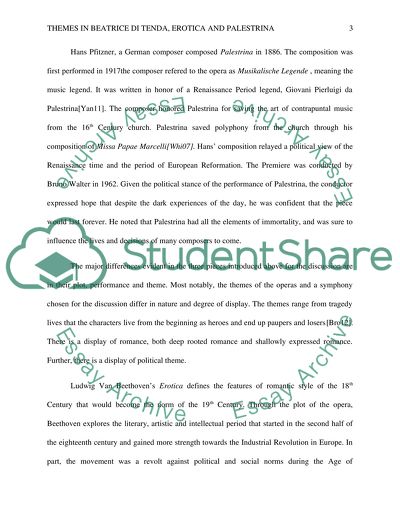Cite this document
(“Beatrice di Tenda Essay Example | Topics and Well Written Essays - 1000 words”, n.d.)
Beatrice di Tenda Essay Example | Topics and Well Written Essays - 1000 words. Retrieved from https://studentshare.org/music/1492713-beatrice-di-tenda
Beatrice di Tenda Essay Example | Topics and Well Written Essays - 1000 words. Retrieved from https://studentshare.org/music/1492713-beatrice-di-tenda
(Beatrice Di Tenda Essay Example | Topics and Well Written Essays - 1000 Words)
Beatrice Di Tenda Essay Example | Topics and Well Written Essays - 1000 Words. https://studentshare.org/music/1492713-beatrice-di-tenda.
Beatrice Di Tenda Essay Example | Topics and Well Written Essays - 1000 Words. https://studentshare.org/music/1492713-beatrice-di-tenda.
“Beatrice Di Tenda Essay Example | Topics and Well Written Essays - 1000 Words”, n.d. https://studentshare.org/music/1492713-beatrice-di-tenda.


